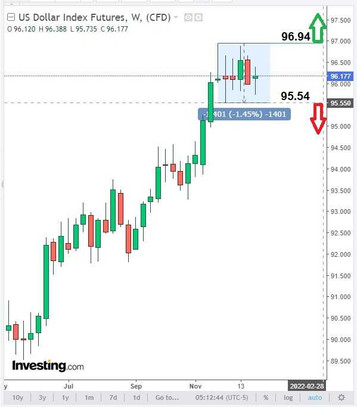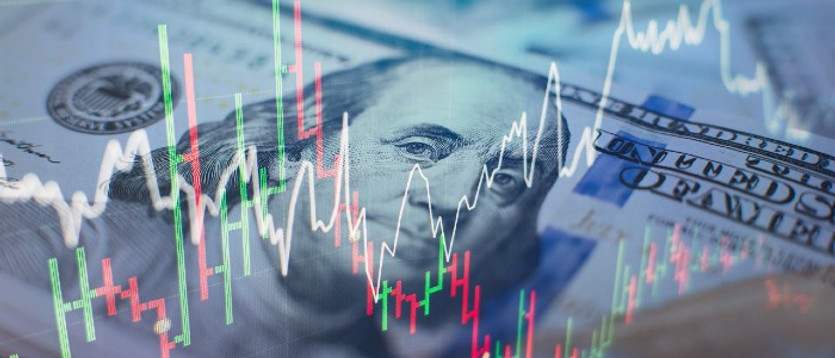The onset of the new 2022 is getting closer. There are just over a day left until the hour hand counts down its last minutes. And although the forex market works around the clock (excluding weekends), today is practically the last trading day. Tomorrow, December 31, most banks, stock exchanges, forex brokers are closed, and the world will celebrate the New Year. Trading will resume on Monday, January 3. And although the trading volumes will fully recover, probably in a few more days, do not forget that it is in the first days of the new year that new trends sometimes emerge.
From economic news today, perhaps, it is worth paying attention only to the publication at 13:30 (GMT) of the weekly report of the US Department of Labor with statistics on the number of jobless claims. According to data released last week by the Department of Labor, the number of initial jobless claims in the United States remained near its lowest level in more than 50 years. Initial claims for unemployment benefits in the week of December 11-17 were at 205,000, just above the 184,000 level reached earlier in November, the lowest since September 1969. Applications for unemployment benefits gradually declined throughout the year amid rising demand and declining supply in the labor market. The number is now lower than it was before the pandemic that caused a sharp rise in layoffs in March 2020. In 2019, applications averaged 218,000.
Thus, the Fed leaders have more and more arguments in favor of an earlier start to raise interest rates. Signs of an improvement in the US economy and a stronger labor market reinforce expectations of the Fed raising interest rates. As you know, following the meeting that ended on December 16, the Fed leaders decided to accelerate the reduction in asset purchases, which amounted to $ 120 billion per month, in order to complete the QE program in March 2022 and start raising interest rates.
Fed executives plan to raise interest rates three times next year, while other major global central banks will lag behind the Fed in raising interest rates. The growing divergence of the trajectories of monetary policy in the United States and in other parts of the world, primarily in Europe, will tilt the market's attention to the dollar, increasing demand for it.
The US real estate pending sales indices released yesterday fell 2.2% in November after gaining 7.5% a month earlier. This put additional pressure on the dollar after some investors began to sell it, believing that the spread of the omicron strain would not lead to the introduction of strict quarantine measures.
However, the DXY dollar is climbing again today. The danger of the more contagious omicron strain is still on the agenda. The rapid spread of the omicron strain of coronavirus in Europe could lead to renewed lockdowns and worsening consumer sentiment in the Eurozone and the UK. In this case, we can expect a decline in economic activity early next year and an increase in demand for defensive assets, economists say.
This means that amid expectations of an imminent increase in interest rates by the Fed and the threat from the omicron strain of coronavirus, the dollar has every chance to accelerate its strengthening, and the DXY to break through the upper border of the corridor, in which it has been located since mid-November, at around 96.94 and to head towards the psychologically significant mark of 100.00.
If events follow this scenario, looking at the DXY futures chart, we would place a buy stop just above the recent local high of 96.67 with a restrictive stop loss below the local low of 95.73. The nearest take-profit is 96.94, 97.00. The more distant DXY upside target is the 100.00 mark.
In an alternative scenario, the first signal to sell DXY futures will be a breakout of the important support level of 96.00, and a confirmatory signal will be a breakdown of the lower border of the range passing through the mark of 95.54.

Support levels: 95.73, 95.54, 95.10, 94.19, 93.42, 91.98
Resistance levels: 96.67, 96.94, 98.00, 99.00, 100.00
Trading scenarios
DXY: Sell Stop 95.83. Stop-Loss 96.69. Take-Profit 95.73, 95.54, 95.10, 94.19, 93.42, 91.98, 91.00
Buy Stop 96.69. Stop-Loss 95.83. Take-Profit 96.94, 98.00, 99.00, 100.00





